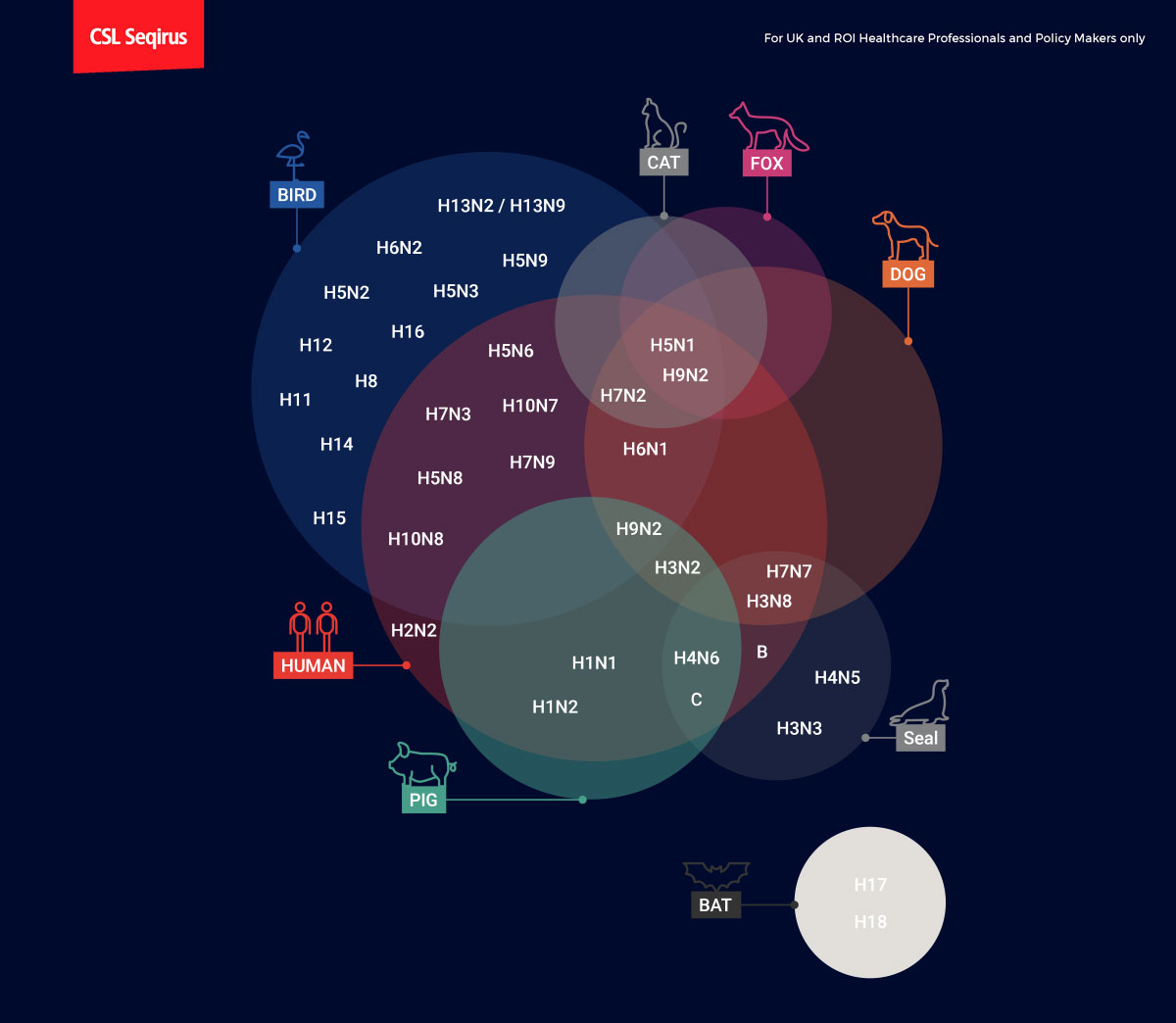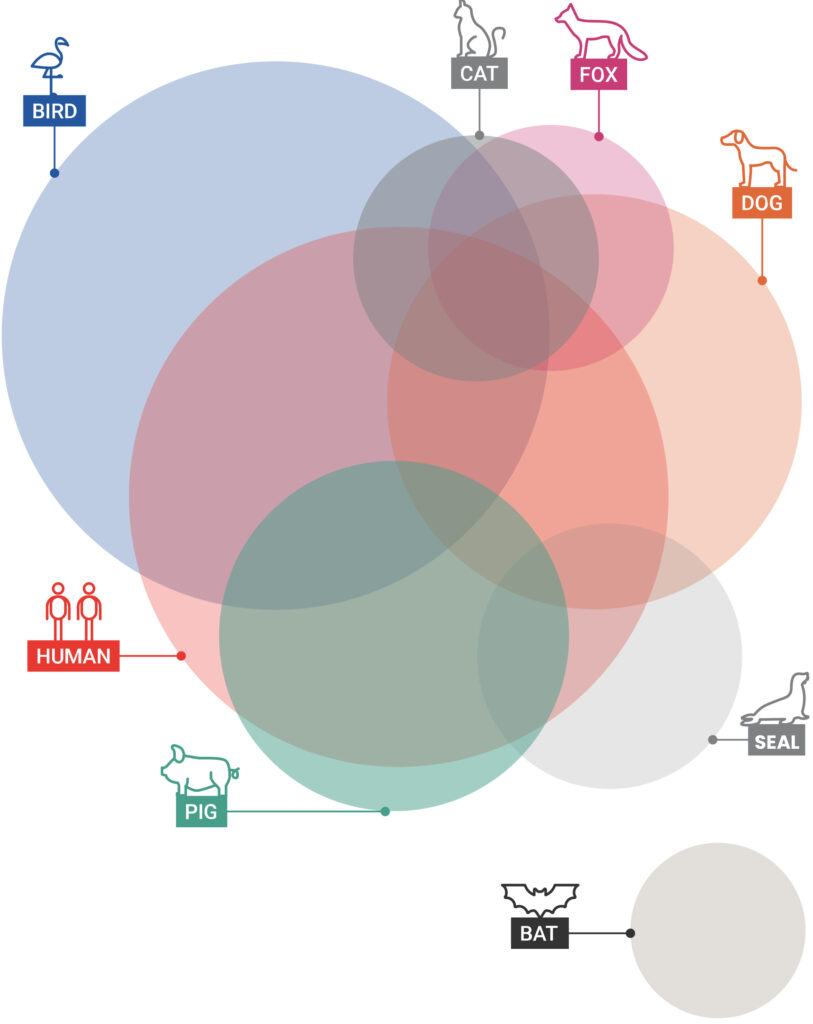Explore the interactive influenza Venn diagram to learn more about the various influenza strains that impact various species and humans.
The content of this website in intended for healthcare professionals and healthcare policy makers in the United Kingdom and the Republic of Ireland. All content on this website has been funded and developed by CSL Seqirus unless otherwise specified.







